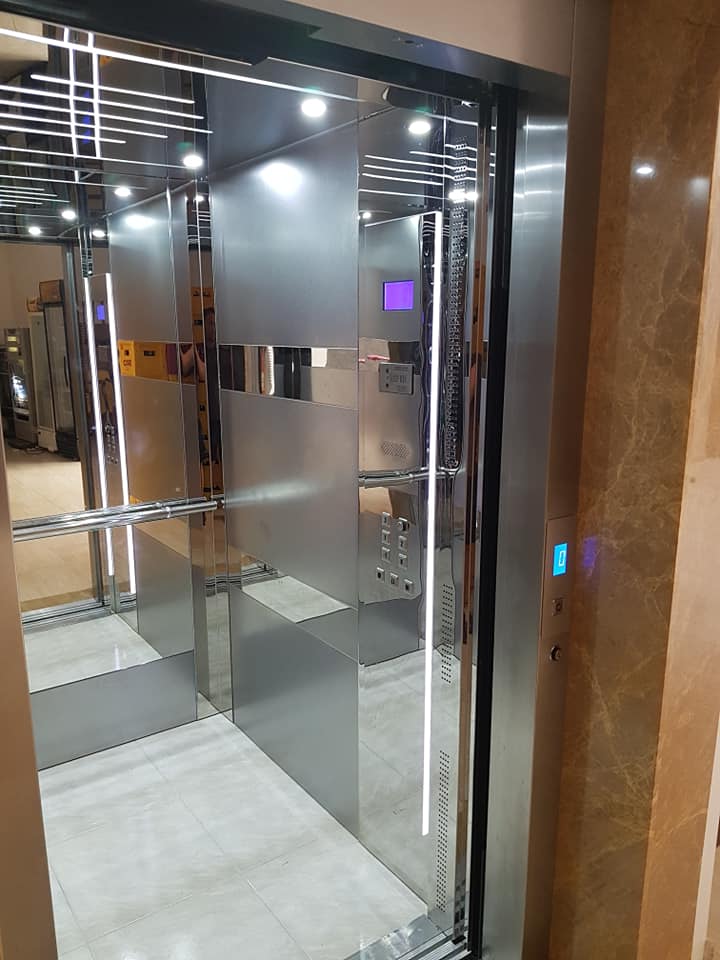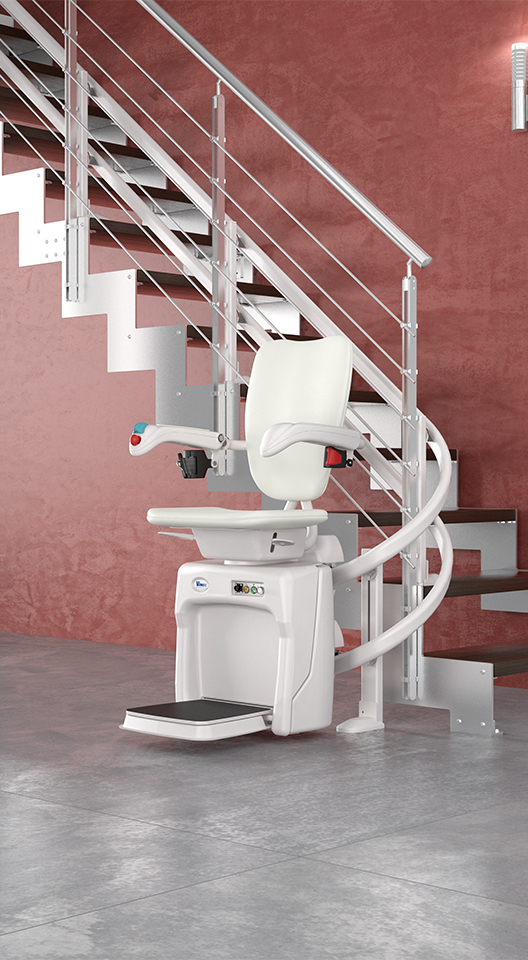Hydraulic elevators are elevators which are powered by a piston that travels inside a cylinder. An electric motor, pumps hydraulic oil into the cylinder to move the piston. The piston smoothly lifts the elevator cabin. Electronic intelligent valves control the oil flow for a gentle descent and smooth operation.
Hydraulic elevators are used extensively in buildings up to five or six stories high. Sometimes, but rarely, up to 8 stories high. These elevators, which can operate at speeds up to 0.6 metres per second, do not use the large overhead hoisting machinery the way geared and gearless traction systems do. The machine room can be placed anywhere in the building preferably near the lift shaft.
Hydraulic Advantages and Disadvantages
Hydraulic Lifts are usually cheaper to install than the traction variety. They also occupy less space in a building, as the lift shaft requires about 10 per cent less area. These lifts are also more effective when high loads need to be moved, as the hydraulics provide a greater lifting force than traction models.
One of the main disadvantages of a hydraulic elevator is its slow speed. It usually cannot travel at speeds higher than 0.6 metres per second. The performance of the oil as a hydraulic fluid varies with temperature, so an efficient machine-room control system is necessary. This type of elevator is a high-heat producing system.





